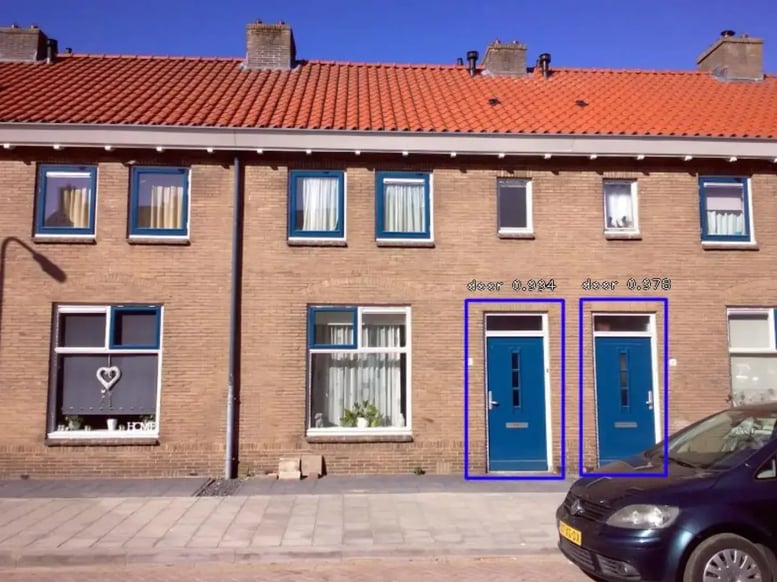In the ever-evolving world of housing management, technology continues to play an instrumental role. Digital advancements are consistently being integrated to streamline, optimize, and bring efficiency to review processes. One such groundbreaking technology reshaping the future of housing management is machine learning.
The Challenge: Automating Property Condition Reviews
Every time a tenant vacates a property, it is standard practice for a reviewer to inspect the property, comparing its final condition to its initial state. The key challenge lies in automatically comparing and contrasting the recent photographs of the property with the initial ones. Our pilot project focused specifically on detecting changes in doors and windows. With this foundation laid, the following phases would expand to include parameters such as wallpaper tones, wall wear-and-tear, and consistency of furniture placements, among others.
The Solution: Machine Learning
- Data Collection & Annotation: To initiate the process, a large number of building façade images were compiled. In order to build the dataset, the team had to do manual labeling and pinpoint distinct features, particularly windows and doors.
- Choice of Model: Predefined models like Coco and Yolo were preferred. These models have a history of being efficient for object detection tasks.
- Model Retraining: Using GPU-powered platforms like Google Colab, these models were retrained, or "stitched," to our curated dataset, ensuring they recognized the specific features relevant to our project.
- Model Optimization: The refining phase tests the model under a range of conditions. For instance, by altering the orientation of images, the team evaluated the model's capability to identify features consistently.
- Deployment: The client integrated our refined model into the core housing management software. When reviewers take pictures during inspections, the AI seamlessly highlights any window or door alterations.

Technological Blueprint
- Coding & Setup: Python was the mainstay programming language, with Anaconda streamlining most configurations. The Jupyter Notebook served as the hub for coding, iterative testing, and model adjustments.
- Key Libraries & Frameworks: TensorFlow and Keras were essential to the training and refining of models. Specific models like Coco and Yolo were intrinsic to the object detection mechanism.
- Hardware and Resources: Given the intricate nature of high-resolution imagery, specialized video cards became essential. With initial hardware limitations, Google Colab emerged as the best choice for its GPU capabilities.
Key takeaways
The previous three years have witnessed an exponential surge in Machine Learning. What was once a complex configuration task has been transformed. The introduction of tools like Stable Diffusion and Midjourney is a testament to the progress.
Data remains the cornerstone of machine learning. Companies, including the likes of Nvidia, now offer datasets that can fast-track the training phase.
While leveraging established models offers a head start, the magic lies in meticulous manual labeling and adjustments to ensure unparalleled accuracy.
In conclusion, machine learning's application in facility management signifies a shift towards automation and precision. By melding advanced technology with traditional review methods, we stand at the edge of a transformative era in housing management.


